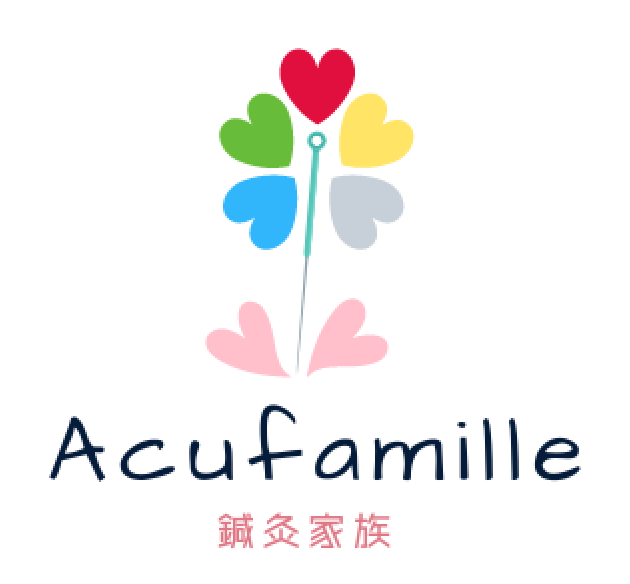What is Traditional Chinese Medicine?
Acupuncture is practised since more than 2000 years. Acupuncture is a part of Traditional Chinese Medicine (TCM). TCM is based on Qi, Yin & Yang.
Qi is vital energy (pronounced Chii) and it travels inside the body through invisible channels. There are 12 principal meridians (channels) in TCM and each meridian is related to an organ.
Yin and Yang are the two forces, sometimes opposite, and other times complimentary to each other.
In the nature, Yin is the shade side of hill and Yang is the sunny side of hill. Evening is Yin and day is Yang, but when the night falls, the day appears so it is also in constant transformation from one to another.
Health in Traditional Chinese Medicine depends on all the balance of Yin and Yang. When there is more Yin, there is less Yang and vice versa. When Yin and Yang become unbalanced, Qi gets blocked in the meridians and causes undesirable symptoms or pain.
Acupuncture treatment aims to rebalance Yin & Yang and promotes a good circulation of Qi or unblocks Qi that got stuck within a meridian (channel).
It is your Qi, your proper healing system who will be working inside your body.
We acupuncturists, stimulate Qi and meridians by acupuncture needle insertions. You don’t have to believe in TCM. It might take a number of treatments, but you will feel the difference depending on your condition of Qi and it is up to you to discover these magnificent effects of acupuncture.
Is acupuncture painful?
Needles used for acupuncture are as thin as a hair. The sensation of needle insertion is very brief and it is not like a Vaccination shot at all! In fact, it is possible that you might not feel anything at all, depending where it is inserted. If you are worried about acupuncture needles, we could go slowly to make sure you are comfortable, but you will be surprised to see that the sensation is not as bad as you thought.
I find it is such a pity not to try this magnificent Traditional Chinese Medicine and continue to suffer. Acupuncture is practiced for more than 2000 years and there are a lot of people who take advantage of its efficacy until today.
What are the risks associated with acupuncture and its related techniques?
Most common potential risks of acupuncture and its related treatments include light bleeding and dizziness after the treatment. There are also risks of discomfort on the needle insertion points, bruising, redness, fainting, nausea, small burns, infection, shock, convulsion, pneumothorax, temporary soreness, and mild aggravation of symptoms existing prior to treatment. However serious, these risks are extremely rare.
I am a registered acupuncturist. My acupuncture program consisted of approximately 2200 hours of education including technical courses, safety and over 550 hours of clinical practice at the student clinic.
However, if you take blood thinners or pacemaker or if you have seizures, acupuncture might not be the best choice for you. If you have any concern, please contact me.
At the time of acupuncture treatment, if your stomach is empty, you might feel dizzy after the treatment. During acupuncture treatment, your body is working very hard to heal your health problem without letting you know.
How many treatments do I need?
The number of acupuncture treatments you will need depends on your symptoms and since how long you have these symptoms. In general, a chronic condition requires more treatments than an acute condition. Acupuncture treatment aims to encourage your own healing system to rebalance your body system, so it might take some time to have a good result. Depending on your symptoms, if you could have more frequent treatments (for example, twice a week) for the first three to four weeks, the treatment has more potential for the best outcome compared to less frequent treatment.
However, I understand that you have a busy life and you might have a limited budget. In that case, I recommend at least a weekly treatment for four to six weeks to see if acupuncture is the best choice for your needs.
For pediatric acupuncture, we can give children only shorter treatments at a time. Children are more sensitive and more reactive than adults. So we recommend treatments twice a week for the first few weeks depends on your child condition. However, it will be evaluated case by case.
What is the minimum age for children for treatment?
We offer acupuncture treatment with no needle (Shonishin/Shonihari, Japanese technique), so we can treat babies aged three-month old and over. No needle acupuncture treatments are offered to children under 13 years old. However, if your child is older than 14 years old and he/she is scared of acupuncture needles, we can offer treatments adapted to your child needs.
I am a mother of 8 year- old girl and I love kids. I actually started to learn “Shonihari” for my daughter who suffers from eczema. “Shonihari” is a technique originating from Japan, my birth country, so I had the privilege to learn this technique from Japanese acupuncturists in Japan.
To get more information about acupuncture, please check the link below ;





